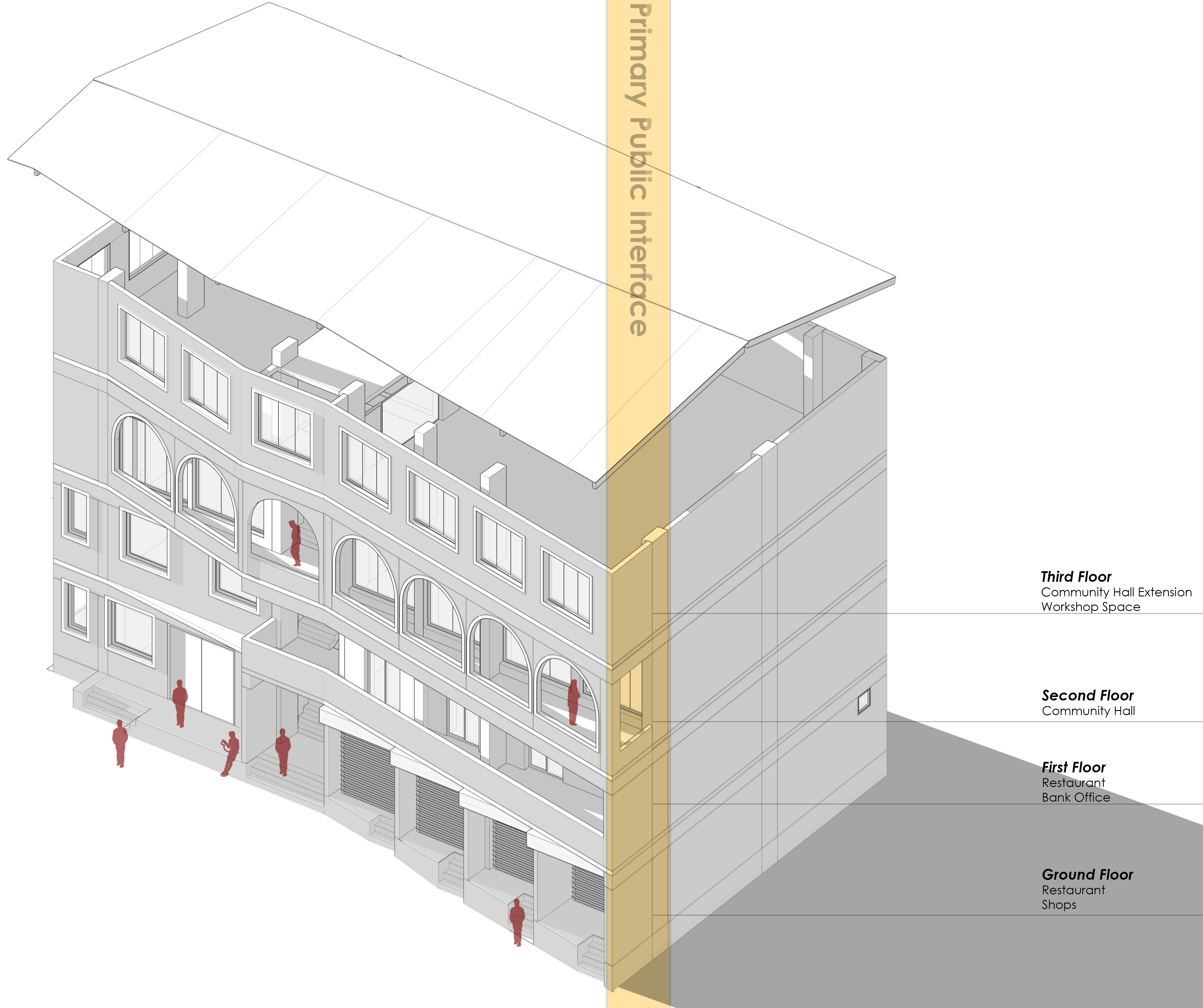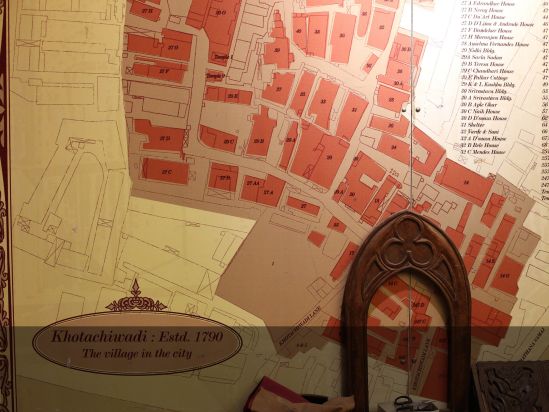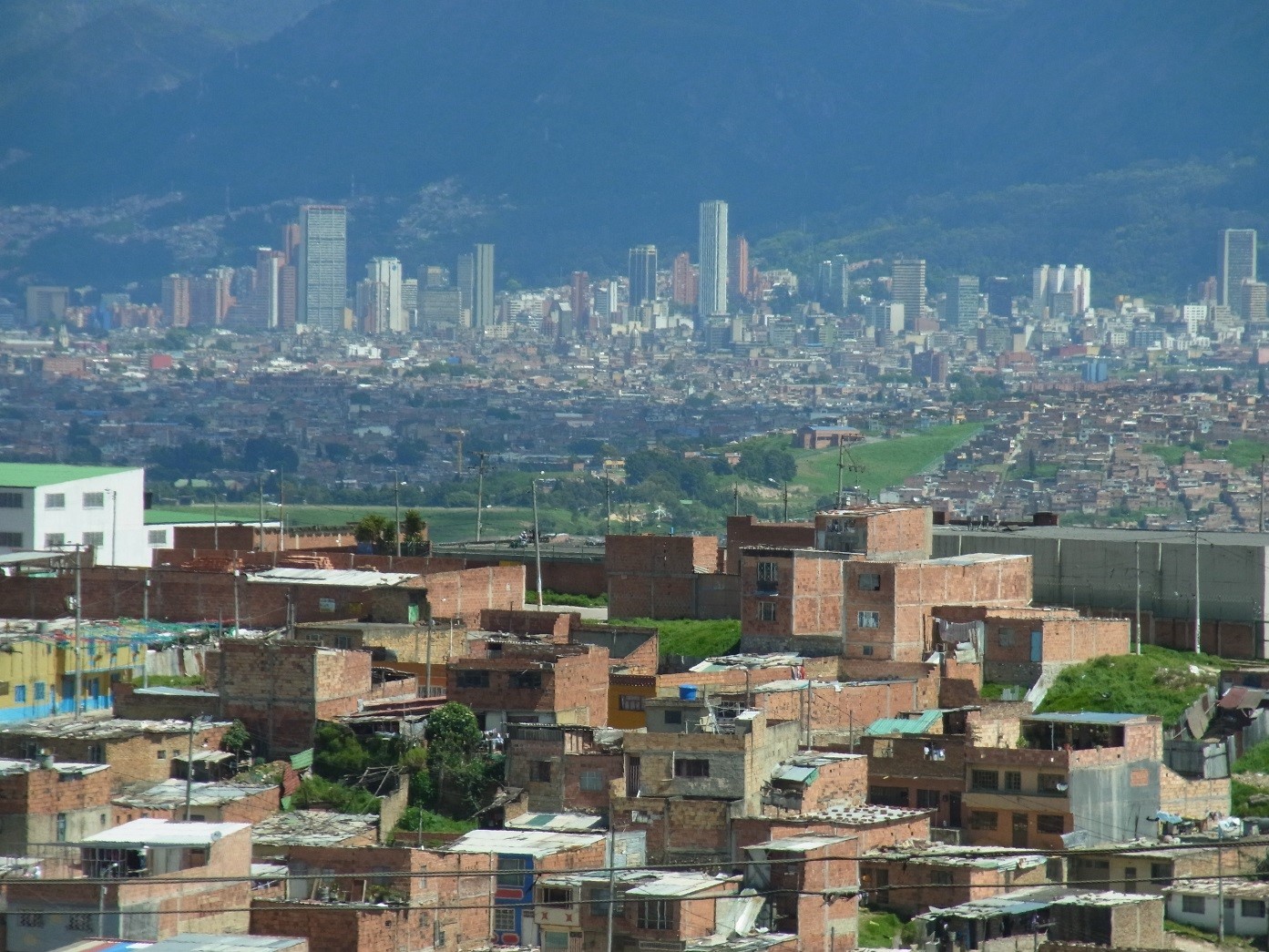Ranwar - Mumbai's Homegrown Urban Village
A preliminary exploration of Ranwar village, Bandra, one more example of the diverse habitats and typologies that make up the metropolis.
How cities emerge from the relationship between land and water
All habitats are made up of the sounds of water, as they flow in and out of people, kitchens, bathrooms and sewers (The Hindu 20.01.19)
Broken Nature and Circulatory Lives
Circulatory urbanism featured in the Milan Triennale's (2019) exploration of the threads that connect humans to their natural environments.
The Making of the Koli Jamat Community Hall
urbz was involved in the design of a new community building in Dharavi.
Khotachiwadi
urbz has been involved with the heritage precinct of Khotachiwadi for nearly a decade. We have organized many events workshops there and produced a strategic plan for the area among other things.
Why Mumbai extends far beyond its metropolitan limits
Transcript of interview in the Hindustan Times.
Mumbai Return exhibition
urbz's exhibition at the Bhau Daji Lad City Museum allows those who make up the city's fabric to put themselves on the map
Mumbai-Bogota Mashup workshop
The two ostensibly different cities have so much in common when you look beneath the surface.
Dense With Waste
A prize winning proposal to recycle plastic waste along Mumbai's coastal village of Versova, uses fishing nets and the involvement of the local fishing community.
The Future of Architecture
The future in architecture starts with a good hard look at the world as it is.
Mumbai's Pavement Dwellers and Their Homes
When pavement dwellers are chased away, which happens often, they have no other option than making a new home on another the sidewalk.
Bogotá to Bombay
While New York and London house the people that move from city to city, all acquainted with the etiquette of an urban lifestyle, Bogotá and Bombay are cities of villagers on the road to urbanization.
Bogotá to Mumbai: Local Innovation For Sustainability
In both Colombia and India, homegrown settlements are present but differ largely in their social make-up.
Morden Mumbai: Revisiting BDD Chawls.
Tracing the history of the BDD chawls and what its location and typology mean for future development of the city.
Should Dharavi be ashamed of itself?
Touring Dharavi, it becomes obvious to many visitors that people in Dharavi might be poor in relative terms, but they are not very ashamed.
Occupancy versus Ownership
The competition for land, rather than the traditional competition for tenants, was especially exacerbated in sites of growing industrialization and development like Bombay.
Affordable Housing in Mumbai: 100 Years of Failed Experiments
How to provide housing for all classes of people who need it, taking their varied livelihoods into account, while balancing their relative abilities to invest in housing?
Mumbai's Kinetic Exhaustion
What does the mutation of colonial Bombay into global Mumbai mean for architectural forms and public life?
















